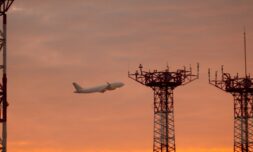Fresh analysis shows how major airports contribute to climate change and air pollution, placing policymakers under further pressure to reconcile the conflict between the industry’s growth and their own climate goals.
A new analysis has shed light on just how much the world’s most bustling airports are contributing to climate change and air pollution.
The 2024 Airport Tracker is a collaborative effort between the think tank ODI and Transport & Environment and not only delves into the impact of passenger flights but also takes a look at air freight for the first time.
Coming out on top in terms of pollution is Dubai International Airport, with its 2019 emission levels sitting at the equivalent of five coal plants. It’s worth noting that this level may have increased in recent years, given that information from 2019 is the most recent data set available.
Across Europe, Amsterdam Schiphol, Frankfurt Airport, and Paris Charles de Gaulle find themselves among the global top 20 offenders. Still, it’s London that takes the cake for its high level of aviation-related air pollution.
Together, London’s six airports spewed out pollutants equivalent to 3.23 million cars. This amounts to a whopping 27 million tonnes of CO2, 8,900 tonnes of nitrogen oxide and 83 tonnes of fine particulate pollution.
It’s no wonder England’s capital city has become notorious for having the highest level of air pollution in the country.




















